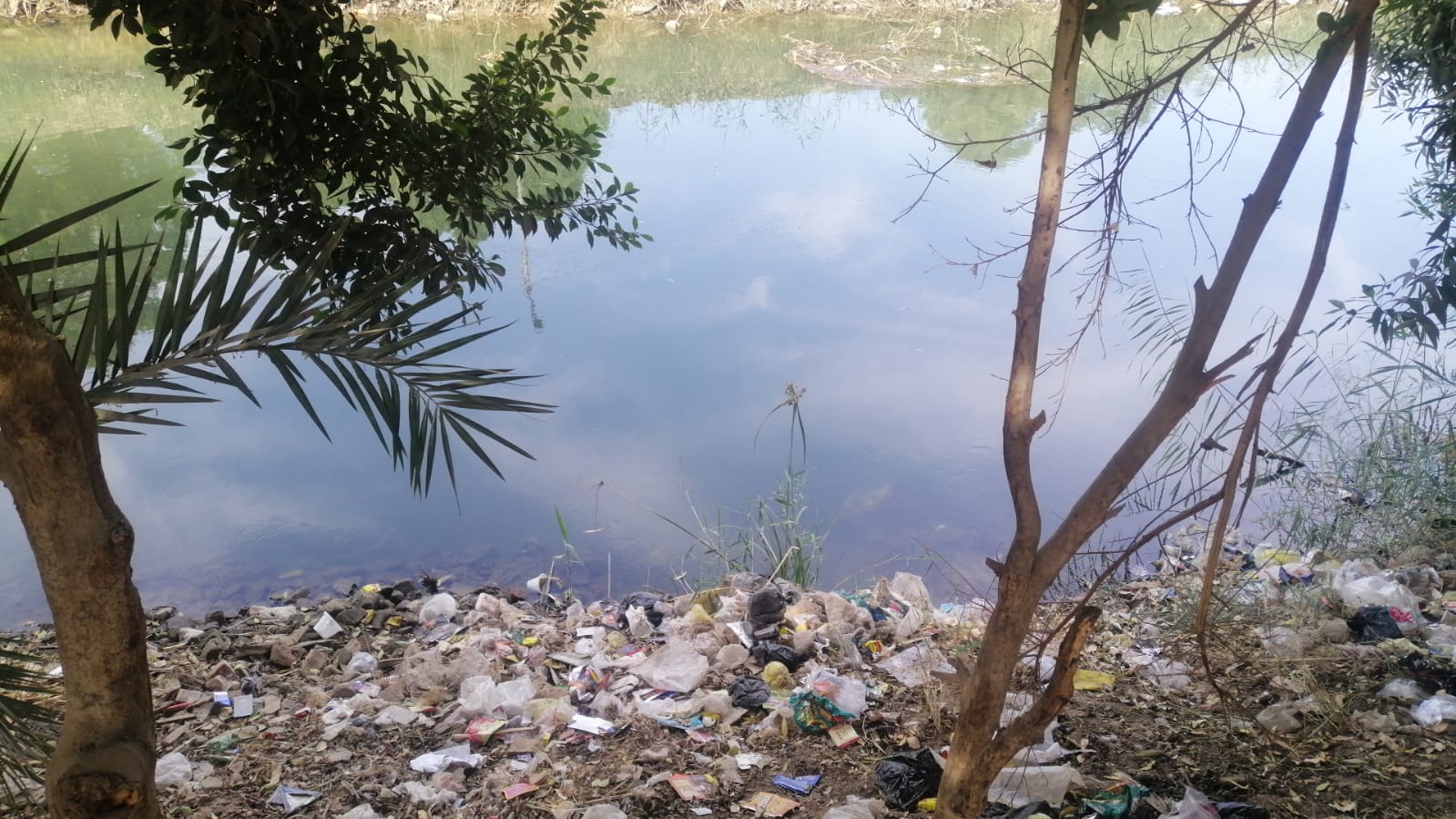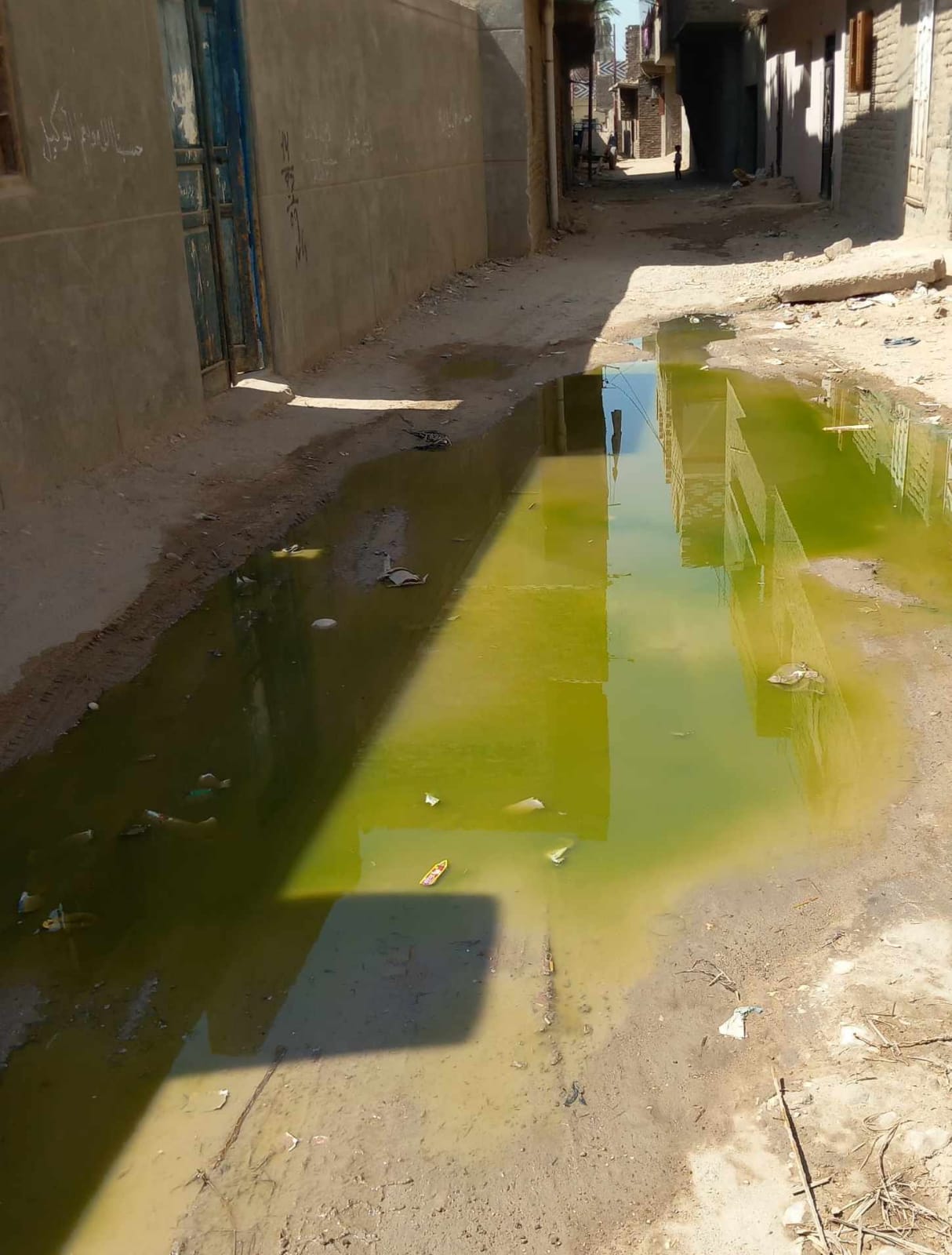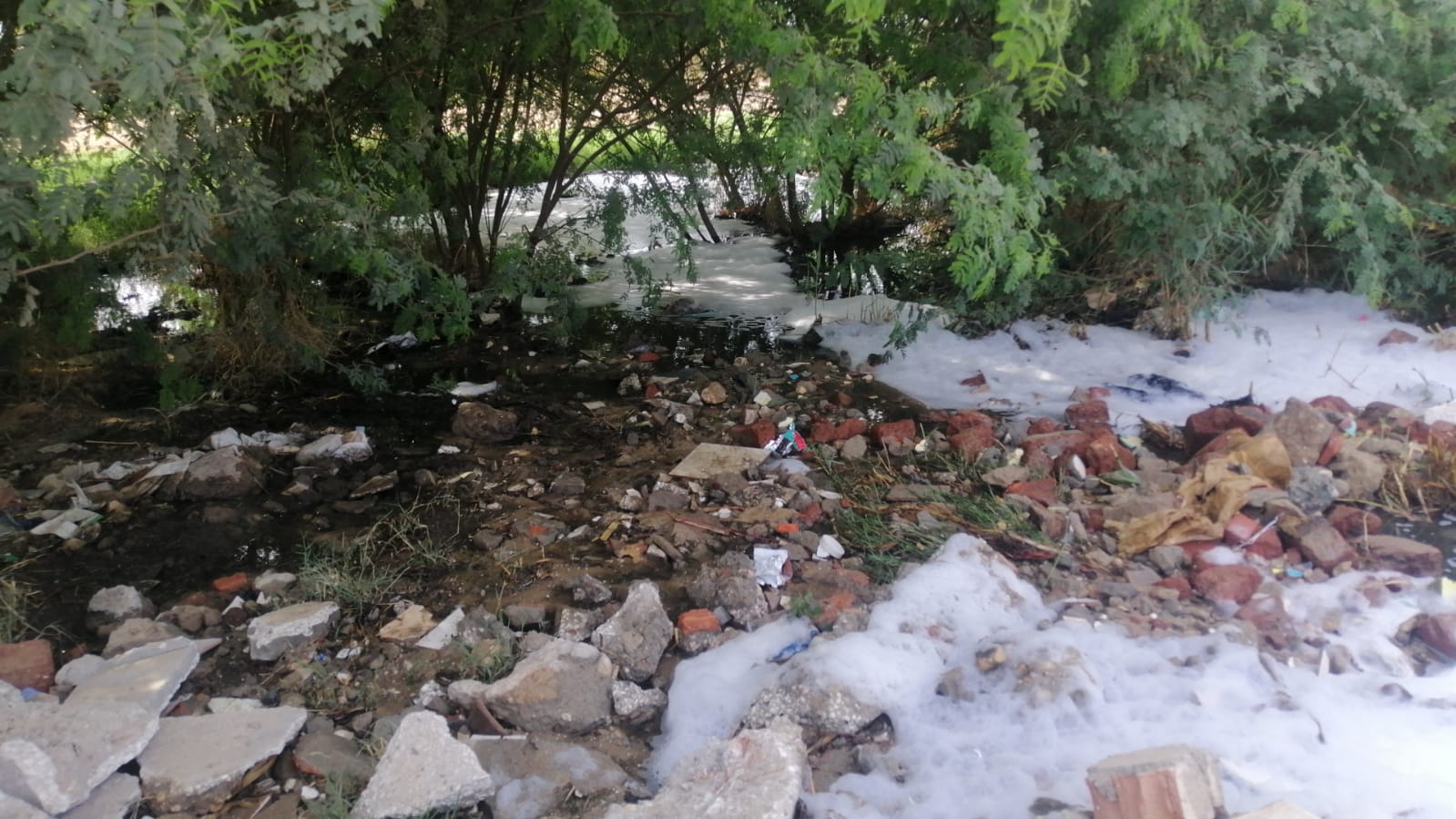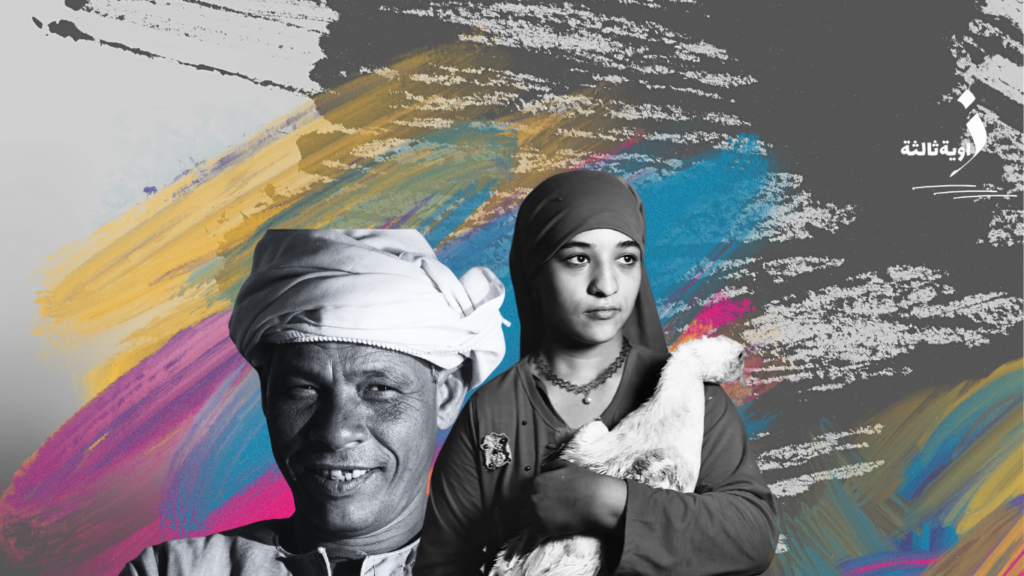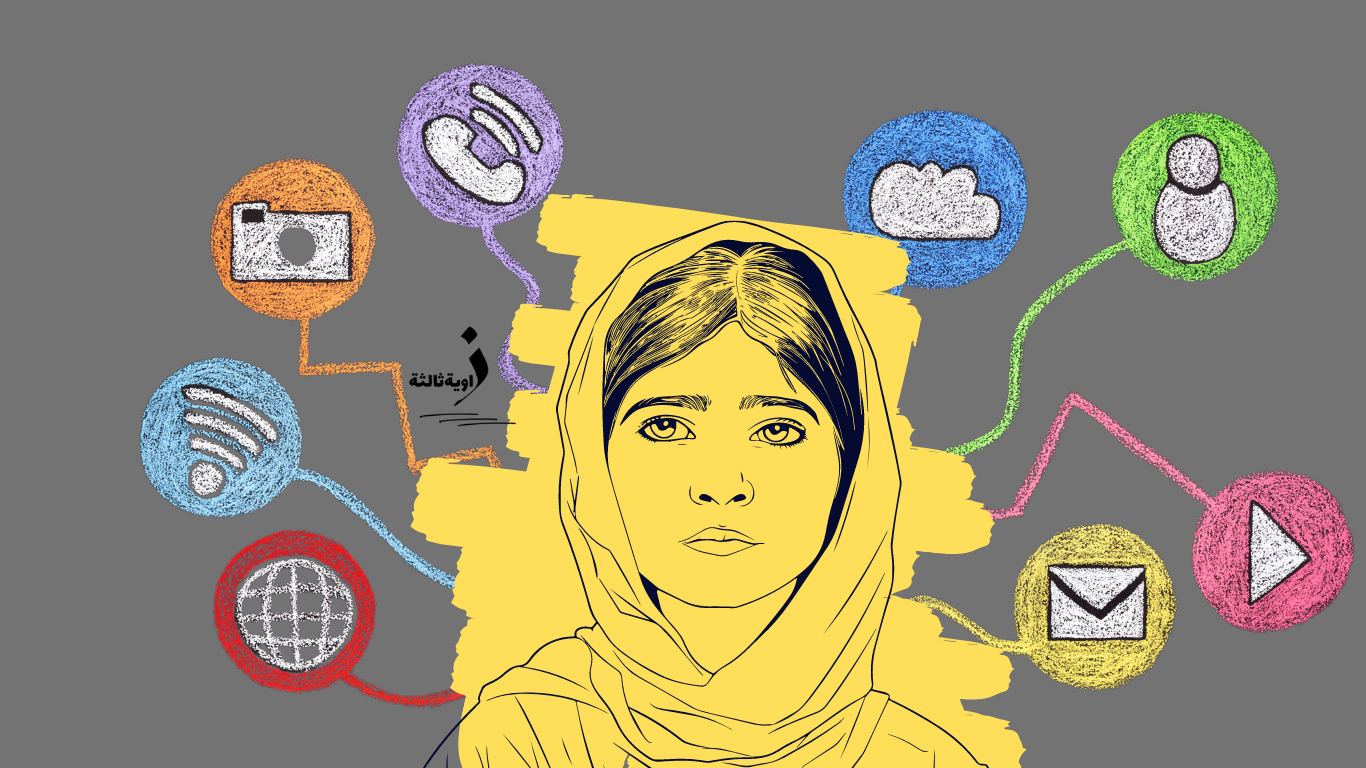“The Ministry of Health has not recorded any cases of hospitalization or deaths due to dengue fever,” stated Hossam Abdel-Ghaffar, the official spokesperson for the Ministry of Health. With these words, he denied the seriousness of the situation in the villages of “Higaza” in the Qus district of Qena Governorate, south of Cairo, emphasizing that the epidemiological situation is stable, as per his expression. However, on the ground, the situation is different from what Abdel-Ghaffar stated, according to testimonies and interviews conducted by “Zawia3” over the past week. These revealed that the epidemic, which began in July of last year, is still prevalent, and the government’s inconsistent handling of the crisis has worsened it.
Essam Al-Barij, a resident of “Higaza Al-Qibliya” village, contracted dengue fever along with his brother. While he survived, his brother passed away three weeks ago, and he continues to suffer from the complications of the disease.
So, what exactly is happening in Egypt?
It’s Not Just the Disease
According to Essam, “These are ages, but the crisis is that we are suffering from disease, pollution, and the denial of the disease. There is also a shortage of medicines and health units.” He explained that before the crisis, no doctor worked in the health unit after 9 am, and in the best cases, until noon. Additionally, a pharmacist would always respond, “The medicine is not available.” Due to pressure from the residents and parliamentary representatives of the center, five doctors were present daily at the hospital for two weeks, “then there was one or two doctors present, and the rest we don’t know where they are.”
The ministry’s handling of the disease also came incoherently, according to Essam. The ministry, which announced the presence of the disease in July of last year, according to reports from its committee investigating the spread of the disease, later denied the initial diagnosis, leaving citizens confused between three options: dengue fever, a mutated coronavirus, and a new virus not yet identified. However, Essam reviewed the medical reports of his brother at the Qena Fever Hospital, which confirmed his infection with dengue fever. Still, the hospital administration deliberately concealed the medical reports of patients and the deceased, which prove their infection with the disease.
Elaborating further, Essam describes the stages of the disease: “Three stages over three days each. The first involves a severe rise in temperature exceeding 40 degrees, bone and muscle pain. Then, gastrointestinal symptoms begin with vomiting and severe stomach pain, and in some cases, diarrhea and bleeding. The last stage, which is crucial, involves severe platelet destruction in the blood, and the virus causes severe blood clotting, facilitating bleeding. However, in some cases in the village, due to other diseases, the patients experience clots. In all cases, the patients receive the COVID-19 treatment protocol except for two medicines only, causing confusion among the locals, with some believing that the infections are a new mutation of COVID-19. However, most doctors in the village and Qus center confirmed that it is dengue fever,” pointing out that “Higaza” villages are attractive to laborers, with hundreds of village youth leaving for various parts of Egypt for work, potentially becoming a center for the spread of the disease. In contrast, the authorities content themselves with mosquito pesticide spraying.
According to the World Health Organization (WHO), dengue fever is a mosquito-borne disease, and despite the various types of mosquitoes transmitting the disease, the Egyptian Aedes mosquito has the most significant contribution to infection transmission. Dengue fever causes various symptoms, including bone pain, also known as painful bone fever, high fever, shortness of breath, headache, vomiting, skin rash, and swollen glands. In severe cases, it can cause severe abdominal pain, gum bleeding, tooth bleeding, and the presence of blood in vomit or stool. Patients continue to feel fatigue and exhaustion for weeks after recovery, which Essam is experiencing now.
Corona or Dengue?
Since last July, the internist doctor Assem Reda, an alias, has been receiving many patients in his clinic. Despite the expectation of the disease and its spread at the same time in the nearby city of “Al-Quseir” from the villages of “Higaza,” what was closest to the minds of the patients was “corona” before the spread of the disease was confirmed. Assem tells “Zawia3” that there are hundreds of cases of infection in the three villages of “Higaza” (Northern, Southern, and Al-Aliqat), all with the same symptoms. The decisive factor in determining this is through conducting tests to detect the disease.
He adds that the ministry acknowledged after a visit by its committee to the village the presence of dengue fever in Higaza. However, it later denied and said it was a mutated “corona” without stating the reason. Despite the confusion, he believes that there might be two diseases, not just one. The first is dengue fever, which is prevalent in the northern and southern villages of Higaza, and the second is a mutated corona in “Al-Aliqat.”
Why the village of Higaza?
Dengue fever is transmitted through mosquito bites that feed on the blood of a person previously infected with the virus. According to the Omani Ministry of Health, stagnant water is the main attraction for the Egyptian Aedes mosquito. Therefore, “Higaza” is an ideal habitat, lacking a sewage system. The villages rely on “Tarnashat” (underground tanks where sewage and waste are collected, then collected by dedicated carts and disposed of in uninhabited areas near the village). In Higaza, there is a massive pool of sewage near the village, despite the announcement of the inclusion of the two villages of “Higaza Qubli” and “Higaza Bahr” in the “Decent Life” initiative and the start of implementing a sewage station in 2021, which has not been completed yet.
Sewage pools are not the only source of stagnant water in the village. According to Essam Al-Barij, due to the nature of mountainous villages and their elevation, water pumping to homes is weak, not reaching the upper floors. This forces the residents to use water tanks, which are one of the reasons for the presence of stagnant water, leading to the proliferation of the Aedes mosquito.
At the time Essam was experiencing disease symptoms, Ahmed Sameh Al-Basili, another village resident, was trying to draw attention to what was happening inside through the social media site “Facebook.” Al-Basili says, “There are many
infections and deaths, but the Ministry of Health ignored the situation despite its previous acknowledgment of the spread of the disease. We were surprised when it said that the number of deaths this year does not exceed the normal average according to last year, but this is not accurate. We, the residents of the village, know the death rate well inside it.” He explained that due to the reduction of loads and the continuation of power cuts in the summer (the season of mosquito spread), this led to catastrophic results. Also, the infected suffered from high temperatures and the unavailability of medicines, especially saline solution, which is now being sold at multiple times its price without supervision. He calls on the relevant authorities to take samples from citizens to confirm the presence of the disease, confront it, and provide medicines to citizens in health units.
At the beginning of the crisis last July, the villagers turned to their representative in the parliament, Ashraf Abu Al-Fadl. He confirmed that he communicated with the Minister of Health, who ordered the presence of medical teams in health units at the level of the Qus health directorate from 8 a.m. to 11 p.m. He also stated that he faced the Minister of Health last July in a meeting with the governor of Qena and parliament members. At the beginning of the disease, the minister sent a committee to diagnose the disease as dengue fever. Indeed, medical teams were present in hospitals and health units. He also organized a medical caravan in his headquarters for 14 days at his own expense. He finds it strange, saying, “The health ministry’s statements denying the disease despite reports from its committee confirming its appearance are strange.” He points out that during his meetings with ministry officials, they assured him that dengue fever would be a seasonal infection in Egypt every year at the same time.
Disease history
Dengue fever appeared in Egypt eight years ago, in 2015, in three villages in Assiut with a total of 253 cases, most of which were mild. In 2017, it spread in the city of Al-Qus in the Red Sea governorate, lasting for several weeks. However, its spread concentrated in September, October, and early November of last year, although its seasonal spread is usually from July to September.
“What matters is not the timing but the weather,” explains Medhat Sadek, an entomology professor at the Faculty of Science, Asyut University, regarding the spread of dengue fever in October and November. He says, “The Egyptian Aedes mosquito is fundamentally a tropical insect that spreads in high temperatures. Therefore, the timing doesn’t matter; it’s the temperature that does. In recent years, with climate change, hot waves continue until November. Therefore, the spread of the disease-carrying mosquito continues in areas qualified for its appearance, which are areas with stagnant water. The longer the period of high air temperatures, the higher the number of infections.”
What Sadek said aligns with what the World Health Organization observed about the increase in disease cases worldwide. The number of cases reported to the organization increased from 505,000 cases in 2000 to about 5.2 million cases in 2019.
The beginning of the detection of the disease this year dates back to the Russian health control enhancing health measures on flights from Egypt after the announcement of the appearance of a mysterious disease last July. According to the parliamentarian Abu Al-Fadl, the disease was present before this date in Qus city (A city in the Qena Governorate of Egypt, situated on the eastern bank of the Nile River approximately 645 km south of Cairo). He presented the matter to the Minister of Health a day before the Russian control measures. On the day following the Russian procedures, the Egyptian Ministry of Health issued a statement about the spread of the disease but did not specify whether it was near or far from Hurghada or Al-Qus. Instead, it confirmed the spread of the disease in “Nagaa Sondal,” belonging to the village of “Al-Aliqat, (One of the villages affiliated with the Qus Center in the Qena Governorate of the Arab Republic of Egypt)” stating that most cases were mild and received treatment at home.
For over three months from July to the end of October last year, the ministry ignored any talk about the disease, despite almost daily pleas that turned into a hashtag (#Save_Higaza), where the health directorate in Qena denied any deaths due to the disease at the time. Pages of Higaza on social media were filled with condolences. On the other hand, the health spokesperson continued to deny the existence of the disease, claiming that most of the deceased died due to “other chronic diseases.”
General and Specific Crisis
The Ibn Sina Center for Drug Rights, a non-governmental civil institution, followed the spread of the disease since its early moments, according to the center’s director Mahmoud Fouad. He received the first report about the cases in July last year from the city of Al-Qus. The cases then moved to the Qus center and several villages, including “Higaza.” The center continued to communicate with the Ministry of Health, which reported that it was conducting “disinfection campaigns.” Adding to “Zawia3,” the ministry denies the spread of the disease due to its proximity to Hurghada and the movement of tourism, which will negatively affect tourism. However, with the dense spread of cases and the need for many of them to be transferred to hospitals, the ministry admitted to the crisis.
He added that the crisis of drugs used in the dengue fever treatment protocol is not a specific case but rather a general one. For over a year, Egypt has been suffering from a drug crisis due to the shortage of dollars, affecting imported medicines. Then, with the worsening dollar crisis, the shortage began to affect local medicines due to a lack of raw materials and other manufacturing elements.
The dengue fever crisis this year may end quickly due to the start of a drop in temperatures and the onset of winter. Still, the Egyptian Ministry of Health must prepare to face the disease in the coming years, especially as its source is still present.
Pictures show the poor services and severe pollution in the village of “Higaza Al-Qubliya” in Upper Egypt, where sewage water is seen spreading in the streets.
